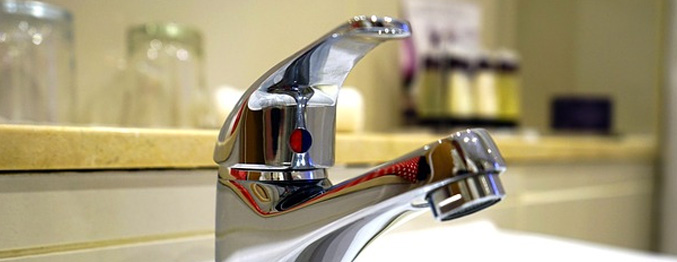
Don’t be unprepared and panicky when the rain starts pouring hard.
In Sumner, due to heat, the walls and roofs of your house expand slightly and once the monsoon starts, it will contract again.
Although all constructions are designed to absorb the expansion and contraction with changes in weather conditions, there is often some wear and tear, which needs to be addressed.
It is therefore good to inspect such issues and get them fixed before rainwater finds its way inside and cause serious damages to your house.
Not just the exterior, the interiors, fixtures and everything in the house should be ready to welcome the rain. This will assure comfortable and safe homes throughout the season.
Here are a few tips that can make a difference in safeguarding your home.
Debris
Clear debris from the roof, drainage channels, and pits. Usually, during other seasons, nearby trees can shed leaves which will get accumulated in drainage channels. The dust and dirt in the wind combine with these dry leaves and together they block free passage of rainwater.

Drains
Ensure that drains into the house and compound (even outside the gate) are flowing properly. There are high chances for them to get blocked and overflow into your house or bore wells.
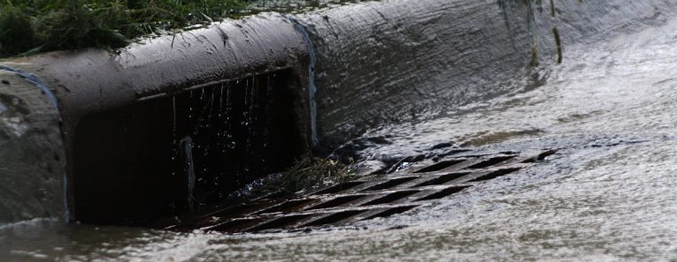
Sump Pump
Check sump pump discharge lines. Monsoon means a lot of rain in a short time, and that means your sump pump is going to run. Check your sump pump discharge line to make sure it is not blocked.
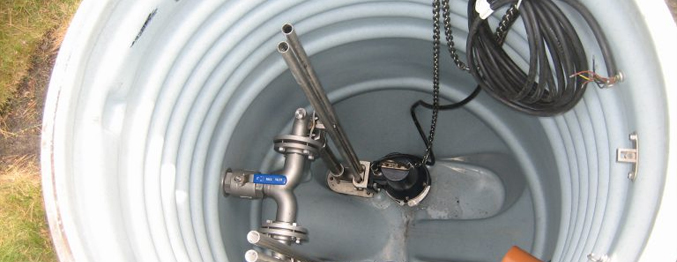
Gutter
Check gutter downspouts. Make sure that the rain gutters are free-flowing and lead water away from the house. Blocked gutters during heavy rains can cause rain to spill over the side of the roof and cause water to pool near the foundation.

Leakage
Check for any leakage. Any leakage of any kind has to be rectified immediately. All the water inlets and outlets are equally important. Remember to double check RO as well as washing machine water connection and outlet.
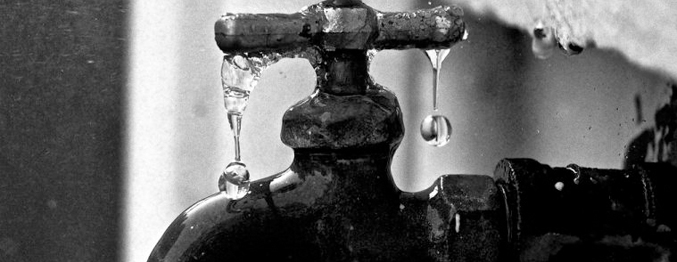
Seal & Proof Windows and Vents
Sometimes there could be hairline gaps or cracks around the frame of the windows or there could be small space between the door and the frame which could easily pass the rainwater into the house in a storm. Seal the window frames and double check entry/exit doors if they can be closed and locked properly.
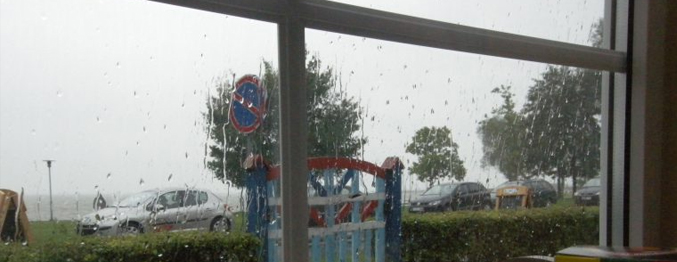
Check terrace flooring for cracks and possible seeping. After a hot summer, it is natural for the terrace floor to form cracks. These cracks will seep water to the interiors and damage your ceiling and walls.

Leave zero opportunity for water to stagnate anywhere around your house. This could later grow into a mosquito breeding ground and cause numerous health issues too.

Most of the city homes have a small kitchen with limited space. Modular designs can adapt to these compact spaces and work out an easy to work and quick to access plan for your kitchen.
